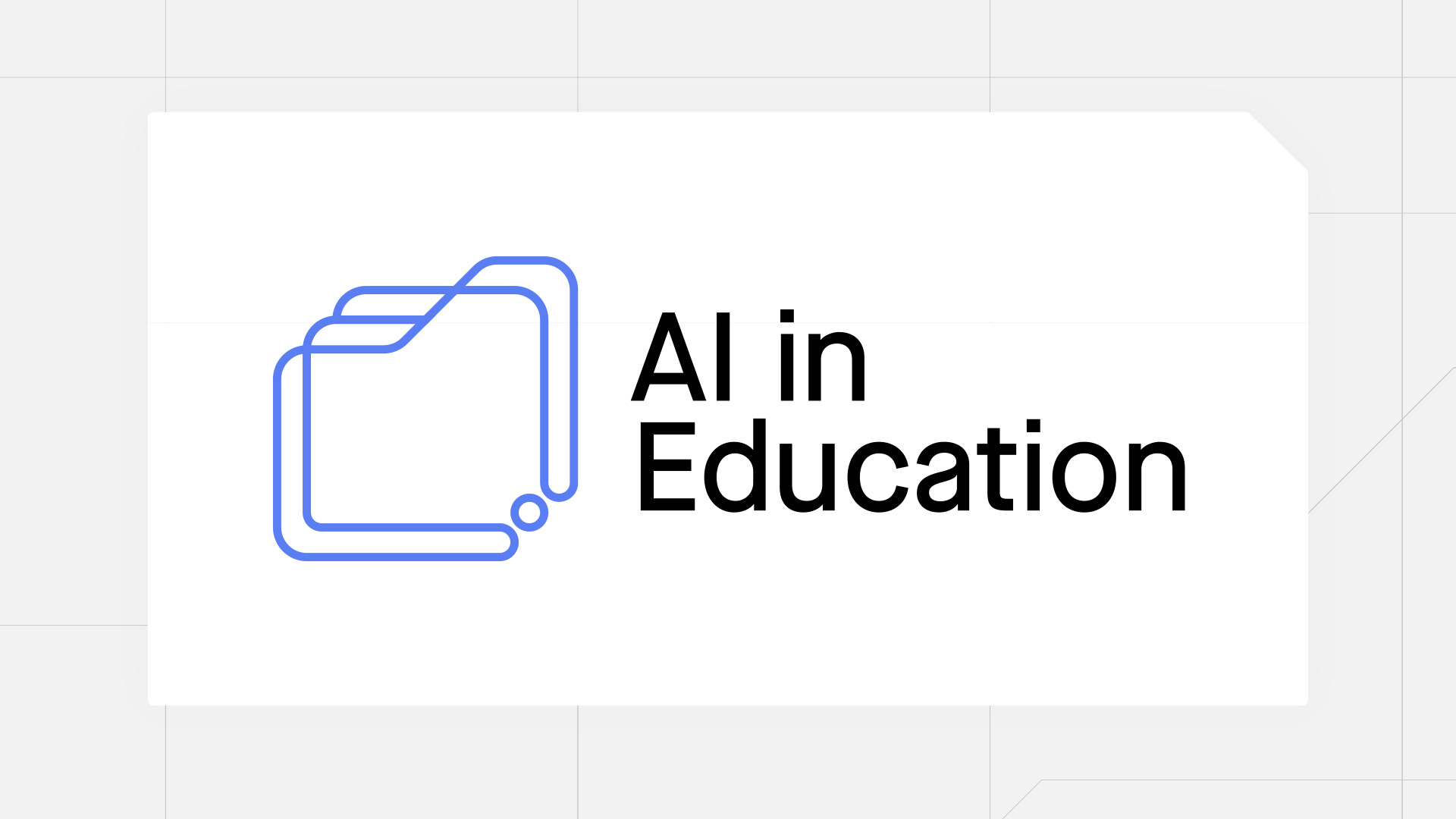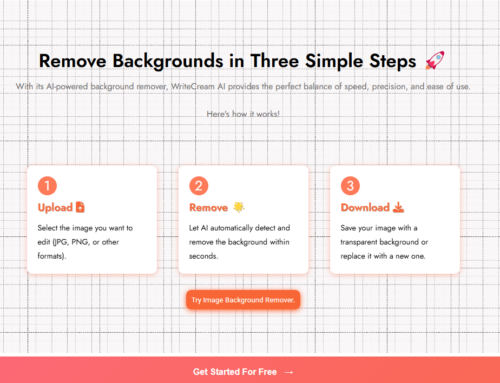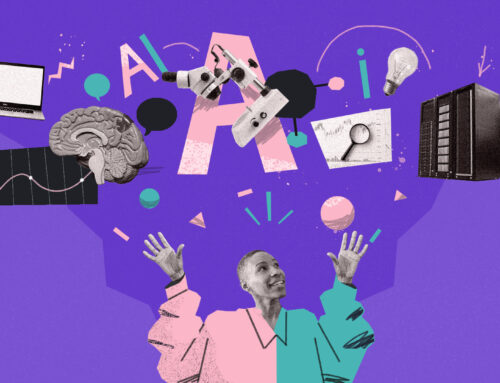Have you ever wished for a teacher who never gets tired, answers your questions instantly, and explains things in a way that makes sense to you? Well, that’s exactly what conversational AI is trying to do in education! It’s like having a personal tutor who is available 24/7, adapting to your learning style and making studies more interactive. But how does this actually work? Let’s dive in!

What is Conversational AI and How is it Changing Education?
Imagine having a personal tutor available 24/7, ready to answer any query and guide you through your lessons. That’s exactly how conversational AI in education is changing the way students learn. With the help of AI tools like chatbots and ChatGPT, learners can now get instant answers, explanations, and feedback anytime they need. These AI-powered assistants use natural language processing to understand questions and provide relevant responses, making learning more interactive and engaging. Whether it’s helping with homework, explaining difficult concepts, or assisting with administrative tasks, artificial intelligence is making education more accessible than ever.
But it’s not just about answering questions. Conversational AI in Education can also personalize the learning experience for each learner. By analyzing data and using machine learning, AI can adapt lessons based on a student’s progress, strengths, and weaknesses. This means students get a personalized learning plan that suits their pace and style. Schools and colleges now use conversational AI to create a better learning environment, where students receive real-time feedback and support. With generative AI, education is becoming more flexible, efficient, and fun. From improving accessibility to handling administrative tasks, AI is transforming the way we teach and learn.
How AI Chatbots are Helping Students Learn Better
With conversational AI in education already making learning more personal, the next big change is how students get instant help. Imagine struggling with a tough math problem late at night—no teacher around, no friend available. That’s where AI chatbots in education step in! These smart assistants act like 24/7 study buddies, always ready to explain, guide, and suggest useful learning materials. The use of AI makes education more accessible, ensuring students never feel stuck. Schools and colleges are increasingly using AI chatbots to create interactive learning environments, transforming studies from a routine task into an engaging experience. For those looking to enhance their tech skills, the Microsoft MS-700: Practice Test Dumps can provide valuable preparation for the exam.But how exactly do these conversational AI tools help students? Here are some key ways:
- Personalized support – Conversational AI in Education can also adjust lessons to match each student’s pace and style.
- Instant answers – No need to wait! AI chatbots in education provide quick explanations anytime.
- More engagement – The use of conversational AI makes learning fun and interactive.
- Help with research questions – AI simplifies complex topics and assists in research design.
- Less workload for teachers – The implementation of conversational AI handles routine queries, freeing up teachers for deeper discussions.
With the integration of AI chatbots, studying is no longer about staring at books in frustration. The AI system works as an AI agent, helping students understand subjects in a way that suits them. As AI technologies grow, students will get even better learning outcomes, making education smarter, smoother, and way more fun!
How Can Conversational AI in Education Create Interactive Teaching Experiences?
Imagine learning history by talking to an AI that tells stories as if you’re experiencing them in real-time. Or practicing math with an AI that gives instant feedback and step-by-step solutions. Conversational AI in Education can make learning more engaging by using:
- Chatbots for Q&A – AI chatbots can answer students’ questions anytime, just like a personal tutor.
- Gamification – AI can turn lessons into interactive games, making learning fun.
- Virtual Classrooms – AI can create simulations and scenarios where students can practice real-world skills.
- Instant Feedback – Students don’t have to wait for teachers to check their work; AI provides immediate feedback.
- Personalized Learning Paths – AI adjusts the content based on the student’s understanding, ensuring no one is left behind.
Courses like the Generative AI course and Data Science course leverage cutting-edge technology to create interactive learning experiences. By incorporating real-world applications and hands-on projects, these programs make complex concepts easier to grasp, keeping students actively engaged and motivated to explore more.
Can AI Adapt Its Teaching Methods Based on Each Student’s Learning Speed?
Not all students learn at the same pace, and that’s where AI shines! AI uses predictive analytics to understand how a student learns and adjusts accordingly.
Here’s what Tracie Crites, Chief Marketing Officer at HEAVY Equipment Appraisal, has to say about this:
“AI is highly capable of adapting its teaching methods to match the learning speed of individual students, and one of the ways it does this is through predictive analytics, where the AI identifies trends in a student’s learning over time and anticipates their needs. If, for instance, a student consistently struggles with certain types of problems, the AI might offer step-by-step guidance or provide additional resources like videos or practice exercises to fill the gaps. Similarly, if a student shows strong proficiency in an area, the AI can move them forward to more challenging material, ensuring they are neither bored nor overwhelmed.
Another advancement is the integration of natural language processing, which allows conversational AI to interact like a human tutor. It can respond to questions in detail, clarify misunderstandings, and even adapt its tone to match the student’s preferred communication style. This makes learning more engaging and effective, especially in remote or independent learning environments.”
With AI, every student gets a learning experience that suits them best. No one feels left out, and no one gets stuck on topics they’ve already mastered. Pretty cool, right?
Could AI Replace Traditional Teachers in the Future?
This is a big question! AI is undoubtedly smart, but can it truly replace human teachers? AI can handle repetitive tasks like grading and answering common questions, but teaching is much more than that.
Here’s what Spencer Romenco, Chief Growth Strategist at growthspurt.com, thinks:
“Conversational technology is making learning more interactive and personalized. It allows students to engage directly with content in real time, ask questions, and get immediate feedback. This kind of engagement helps create a more dynamic learning experience. What’s particularly interesting is that these tools can adapt to each student’s learning pace, ensuring content is delivered in a way that matches their needs. This flexibility is a game-changer, especially in large-scale learning environments.
However, while conversational technology has immense potential, I don’t think it will ever fully replace traditional teachers. Teachers bring vital human qualities like empathy, creativity, and mentorship—that technology simply cannot replicate. These qualities are key in helping students grow beyond just academic knowledge. I view conversational tools as a way to complement traditional teaching, enabling educators to focus more on deepening connections and addressing students’ emotional and developmental needs.
Looking forward, I believe conversational technology will continue to play a significant role in enhancing education systems. It enables personalized learning on a large scale, improving efficiency and providing a more tailored approach to education, while still allowing teachers to guide and mentor students. The combination of technology and human interaction is key to creating more engaging, inclusive, and effective learning environments.“
So, AI won’t be taking over classrooms anytime soon! Instead, it will work alongside teachers, making their jobs easier and helping students learn better.
Challenges of Using Artificial Intelligence in Education and How to Overcome Them
While conversational AI in education is making learning easier, it also comes with its own set of challenges. One big issue is that not all students have equal access to technology. Computers and education go hand in hand, but what about schools that lack proper infrastructure? Then there’s the concern of over-reliance—what if students stop thinking for themselves and just depend on chatbots and virtual assistants for answers? These are real worries that need solutions. However, the benefits of Conversational AI in Education outweigh the challenges, and with the right approach, we can make AI for education more effective.
So, how do we tackle these challenges? Here are some ways:
- Better accessibility – Schools need to provide devices and internet access to ensure fair chatbot usage.
- Balanced learning – Encourage students to use AI tools like ChatGPT for guidance but also think critically.
- Teacher training – Educators must learn the implementation of AI chatbots to use them effectively.
- Personalized learning materials – Using AI solutions, schools can offer study resources based on students’ learning needs.
- Ethical AI use – Future policies must focus on the advantages of AI while avoiding misuse.
As AI becomes a bigger part of the education sector, it’s important to use it wisely. The implementation of conversational AI should enhance, not replace, traditional teaching methods. With ongoing improvements and future research, the applications of conversational AI will continue to shape education in a way that benefits both students and teachers.

Conclusion
The world of conversational AI in education is growing fast, changing how students learn and teachers teach. While traditional education relied mostly on books and classroom lectures, AI is bringing in personalized and interactive learning through text or voice interactions. From helping students with instant answers to making lessons engaging, the impact of AI on education is huge. The use in education of AI tools helps provide personalized learning experiences tailored to each student’s needs. But there’s still a lot to explore—new research is needed to fully understand the best ways of leveraging AI for learning.
Many important questions remain. Research Question 1 asks how AI can truly replace or support human teaching. Research Question 2 looks at how a chatbot created for one subject can be adapted for others. And Research Question 3 focuses on filling research gaps in the use of artificial intelligence in education. As more studies in education include AI advancements, the future looks bright. AI also has the power to make learning more exciting, efficient, and accessible for all. The key is to use it wisely and make sure it supports, rather than replaces, the human touch in education.


